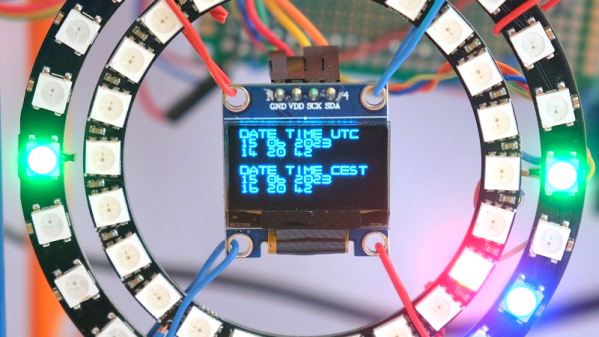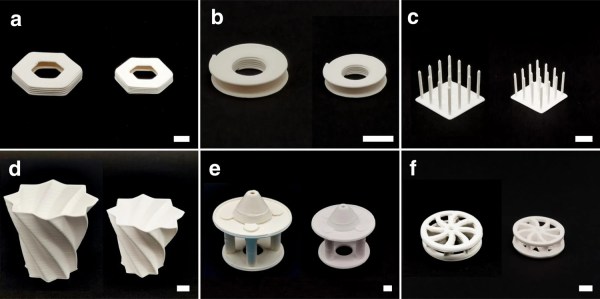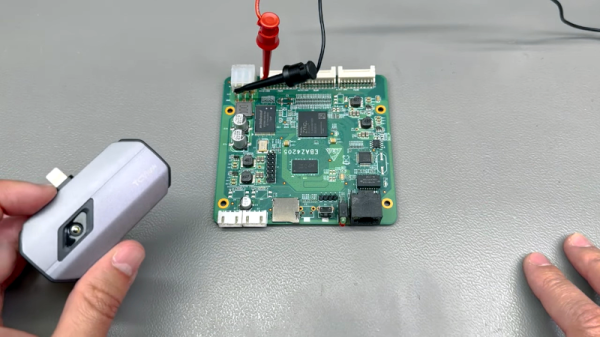The world’s tech companies must harbour a hearty dislike for the European Union because when the many cogs of its bureaucracies turn, they find themselves with little choice but to follow or risk losing access to a huge and affluent market. There are a few areas of technology that don’t have some concessions to EU rules in their manufacturing process, and if a common charging connector or right to repair weren’t enough, they’re back for another clash with the mobile phone industry. If you hanker for the days of replaceable mobile phone batteries, you’re in luck because an EU Parliament vote has approved a set of rules covering batteries among which will be a requirement for replaceable cells in portable appliances.
We expect that the phone manufacturers will drag their feet just as some of them have over charger ports, but the greater ease of maintenance, as well as extra longevity for phones, can only be a good thing. There are a few other measures in the package, and one of them caught our eye, the introduction of a battery passport for larger industrial and EV batteries. There’s little more information in the press release, but we hope that it doesn’t inhibit their exploitation by people in our community when introduced.
We look forward to seeing more replaceable battery models appear in due course, meanwhile, you can read some of our coverage of the EU’s right-to-repair measures.
Header: Andy Melton, USA, CC BY-SA 2.0.

















